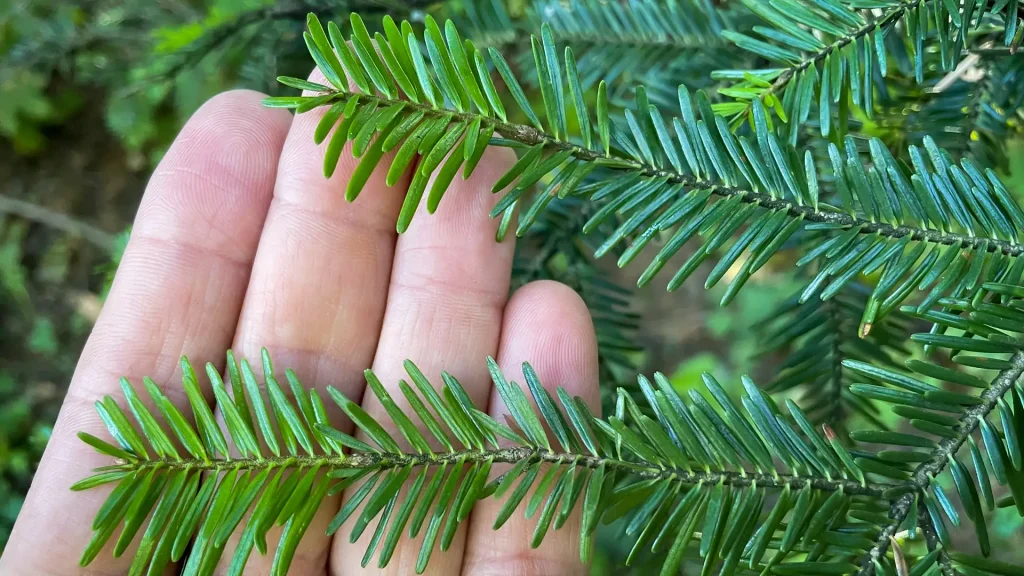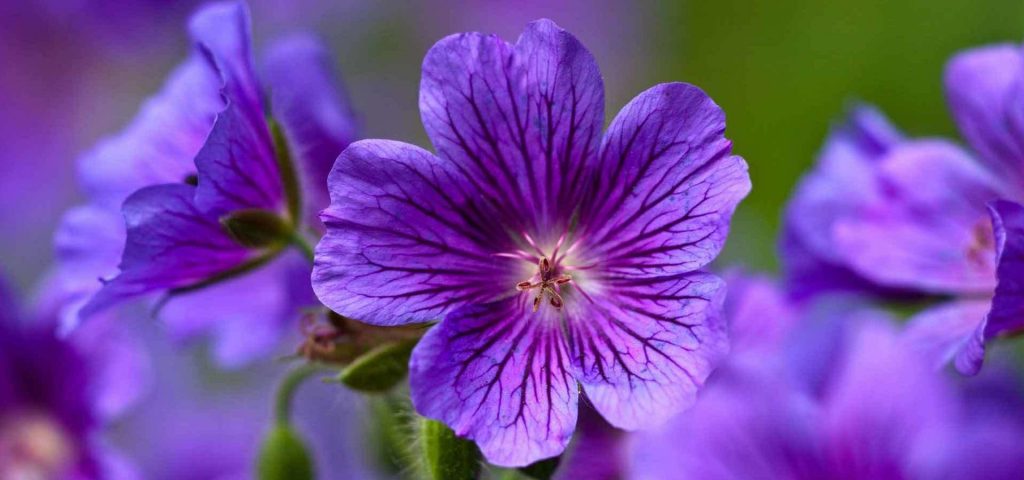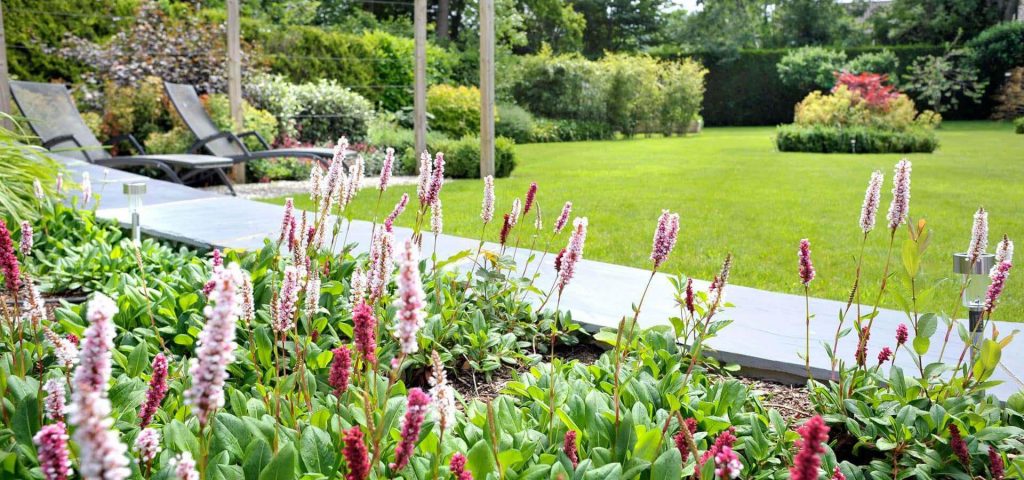In the land where the sun caresses the peaks and Mediterranean warmth climbs into the mountains, a near-mythical botanical treasure hides: Abies pinsapo. This fir, emerging from the rugged terrain of the Serranía de Ronda and the heights of the Moroccan Rif, is Europe’s southernmost fir species — a resilient and solemn tree, a living witness to the natural history of the Iberian Peninsula.
Unlike its northern cousin, Abies alba, the pinsapo arranges its needles — or fascicles — around all sides of its twigs, as if trying to embrace the surrounding air.
Pinsapo forests, known as pinsapares, are found only in very specific, highly protected locations, between 1,000 and 1,700 meters above sea level. These are mostly pure stands, although in some areas they share ground with Valencian oak, creating a forest symphony of great ecological and scenic value.
Also known as the Andalusian fir or Spanish fir, the pinsapo is a symbol of Mediterranean resilience. Closely related to other firs with similar distribution patterns, it stands as a living reminder of the delicate balance between climate and biology, between history and survival.
In times of rapid change, the presence of this ancient tree reminds us that some species — like myths — endure thanks to their adaptability and the care we give them. This is a natural monument not built or carved, but one that grows, slowly, toward the light.
Abies pinsapo – Pinsapo or Andalusian Fir
Family: Pinaceae
Origin: Serranía de Ronda (Málaga, Cádiz) and the Rif Mountains in Morocco
Height: Up to 25–30 m
Form: Compact, with symmetrical horizontal branches
Leaf: Short, stiff, needle-like, arranged around the entire twig
Climate: Mountain Mediterranean with moderate humidity and mild summers
Soil: Well-drained, slightly acidic or calcareous; avoid waterlogging
Use: Singular gardens, botanical collections, parks with mild microclimates
Added value: Highly ornamental due to its dense foliage and exotic appearance
Considerations: Avoid intense sun exposure and poorly drained soils; moderate drought resistance












